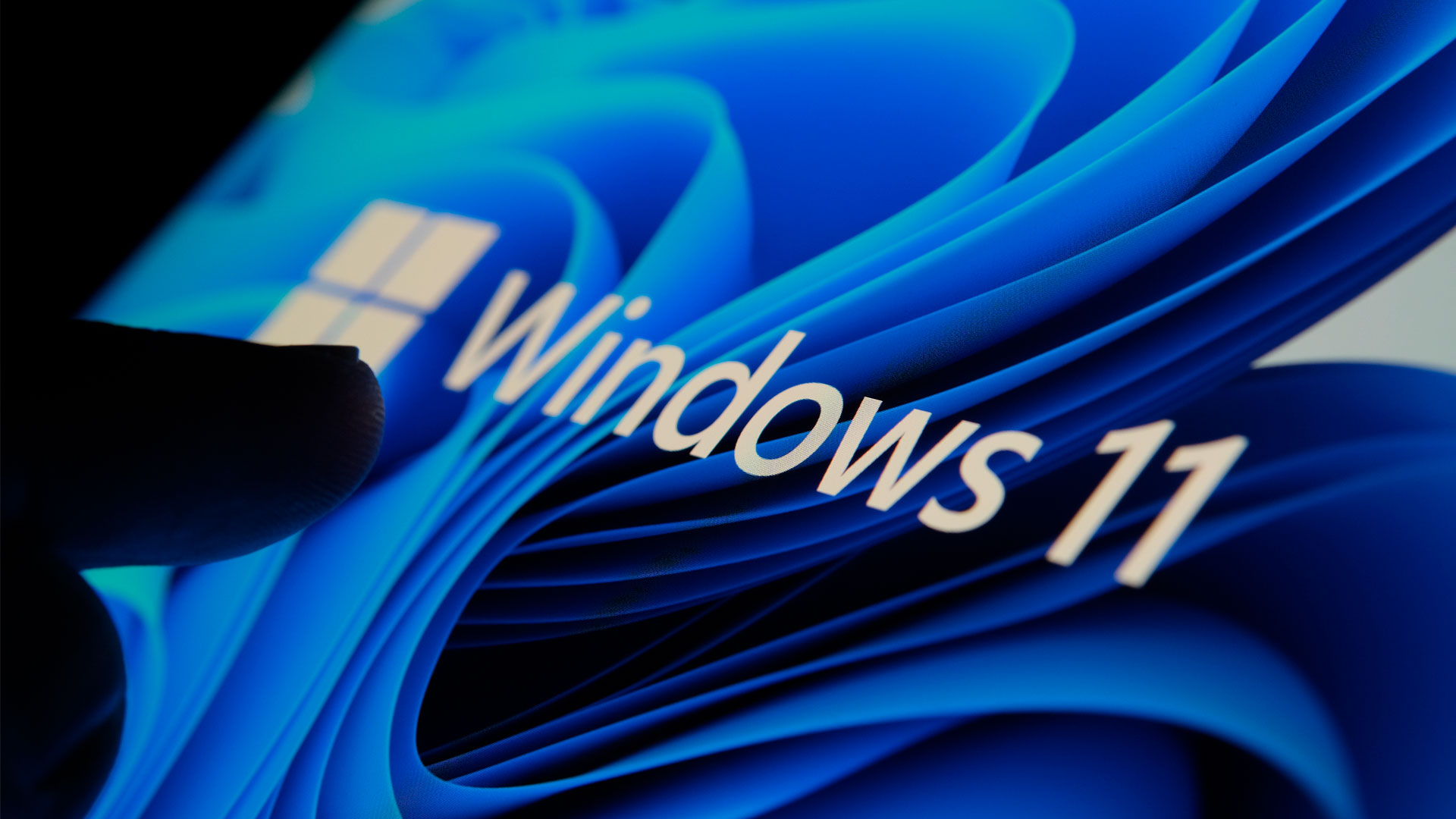Microsoft ignores Bing fails by planning to let AI loose on Windows 11 desktops
Starts with jazzing up the background, ends with, well, who knows…

Windows 11 looks set to enlist the help of AI to make the desktop look that little bit fancier – although the wisdom of forging down this path could be questioned.
This leak comes from Albacore, a well-known source of Microsoft spillage on Twitter (flagged up by Betanews), who spotted a ‘Depth effects’ toggle in the Personalization options (under Settings) in the latest Windows 11 preview build.
"When available, use AI to add depth effects to background images" 🤔 pic.twitter.com/1EJnvuy81GMarch 4, 2023
As the screengrab in the above tweet shows, the new setting allows for the use of AI to “add depth effects to background images.” We can guess that this will add some 3D depth to any given background on the desktop, and the AI will suss out how to do this in the most effective way possible.
The slider is in the preview build, but isn’t functional and does nothing right now. That will presumably change in builds in the near future, given that it’s actually visible in the UI as of the latest preview.
Analysis: A taste of things to come?
Of course, AI is the big thing these days, in Windows and elsewhere. Microsoft recently kicked off a major project with the Bing chatbot, which was just brought to the taskbar in Windows 11 (except not really – we discuss what happened in-depth here).
In the computing sphere, we’ve also seen not just chatbots and AI authors, but artificial intelligence-powered artwork creation too, so perhaps bringing AI to the interface of an OS is a logical next step.
Admittedly, adding a bit of a 3D effect (presumably) to the desktop wallpaper is a very small step, but nonetheless a discernible stride. It’s easy enough to envisage a future where AI not only jazzes up what you’re looking at on the desktop, but perhaps predicts what you might need in terms of functionality.
Sign up for breaking news, reviews, opinion, top tech deals, and more.
Microsoft is currently experimenting with how much time it takes for the snap layouts flyout to appear, for example, and perhaps that could be intelligently adjusted to appear really snappily (ahem) for those who use that particular feature a lot.
Microsoft is also playing around with tailored recommendations and suggestions in the interface anyway, but the trouble with this is that there’s a thin line between a recommendation and an advert.
Similarly, when it comes to prettying up the interface, what users don’t want is better aesthetics at the expense of performance and responsiveness on the desktop. That said, these features being optional ensures that if you don’t like something, you don’t have to use it (which is the case for this new depth effects setting).
It’s hard not to be concerned about what might happen when AI is brought into wider play with Windows in this manner, though. Especially when we look at what has happened with the launch of the Bing AI, which quickly got into trouble on all sorts of fronts – though admittedly, it’s still very early stages for the chatbot.
Still, AI, by its very nature, is unpredictable – how it’ll learn, react, and implement things – so it may not be all that wise to be moving too fast to usher in artificial intelligence infused across the Windows interface. Lessons that the Bing bot has already taught us quite clearly…
Darren is a freelancer writing news and features for TechRadar (and occasionally T3) across a broad range of computing topics including CPUs, GPUs, various other hardware, VPNs, antivirus and more. He has written about tech for the best part of three decades, and writes books in his spare time (his debut novel - 'I Know What You Did Last Supper' - was published by Hachette UK in 2013).